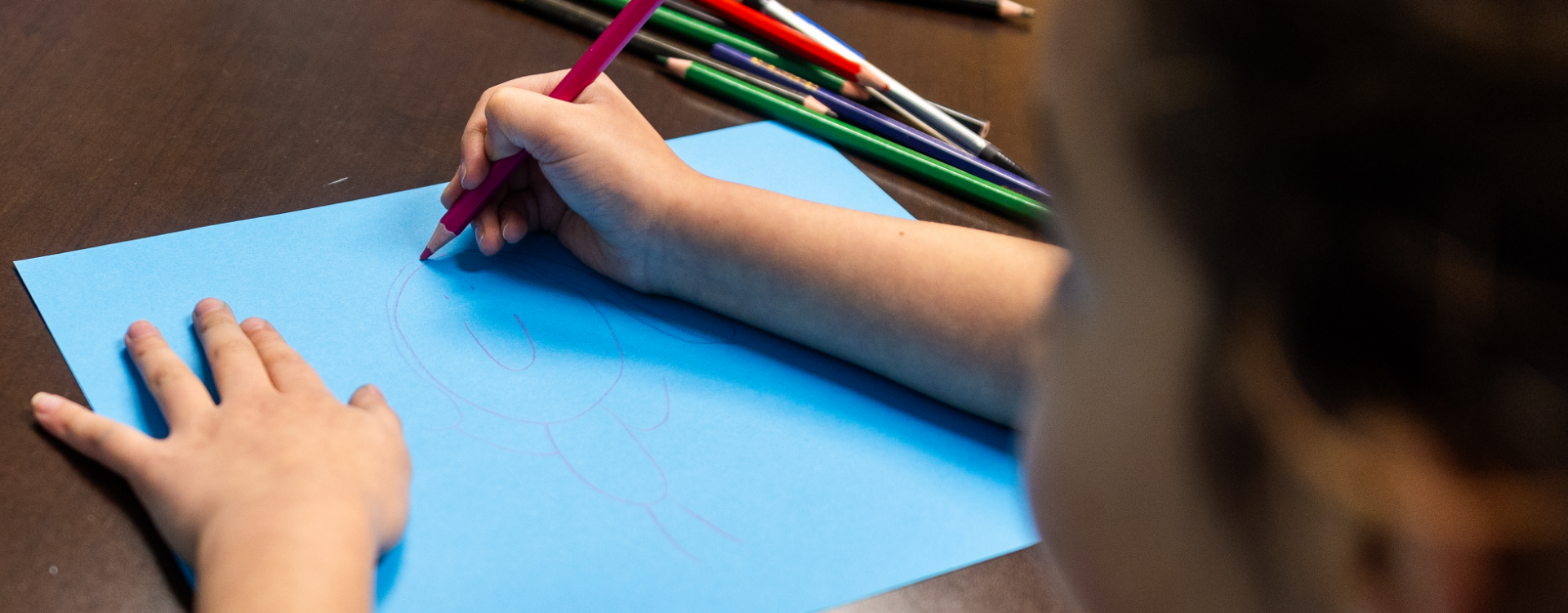
ART/SAND/SENSORY
ART/ SAND/ SENSORY
Therapy
Art, Sand, and Sensory Therapy is designed to help individuals who may be facing difficulties processing all of their senses combined. This may also help address sensitivities through adaptive behaviors and responses. Art therapy can support the processing of unresolved trauma or conflict.




